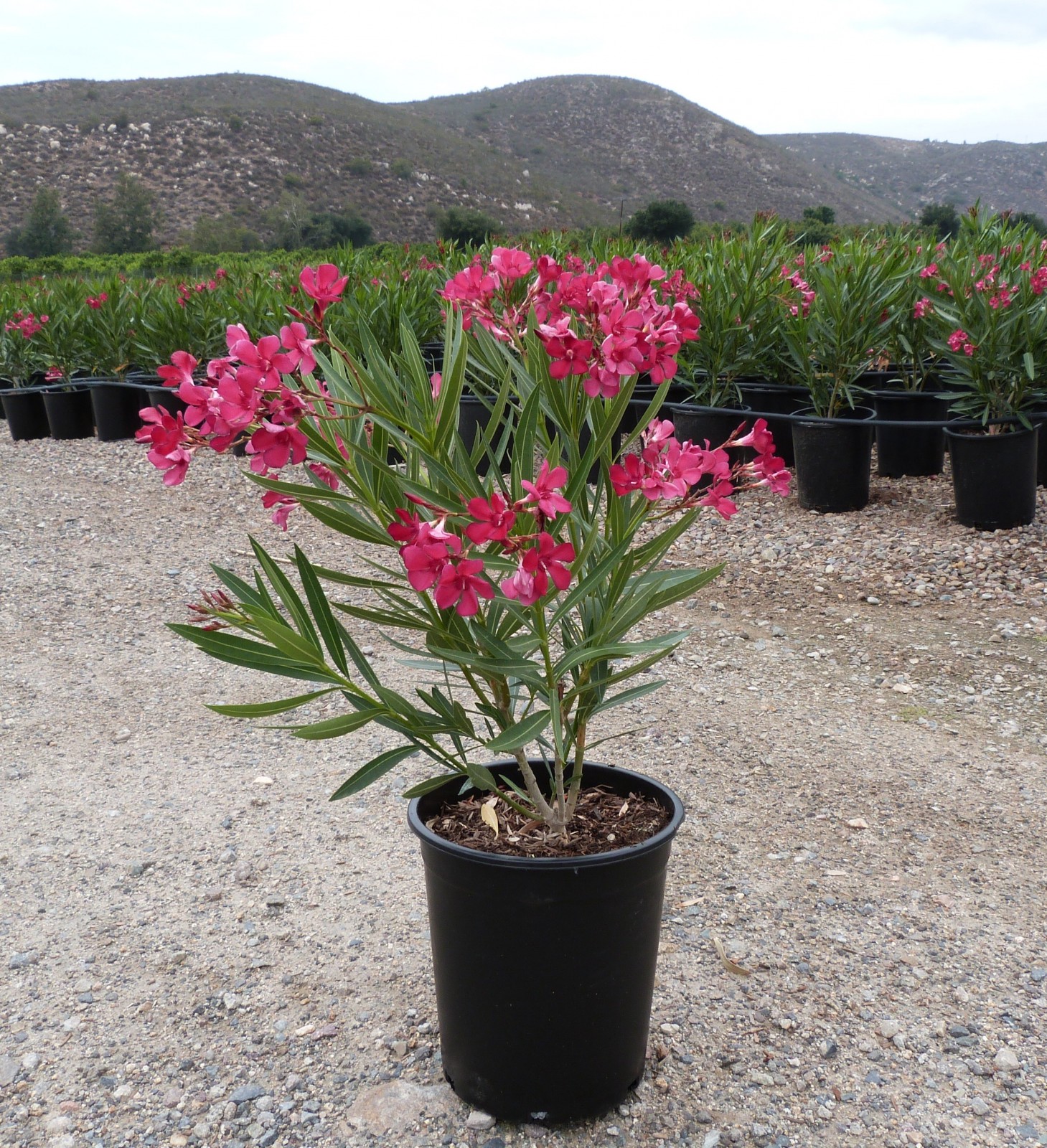The Oleander: A Beautiful but Dangerous plant
The oleander (Nerium oleander), also known as rose bay, is a captivating evergreen shrub or small tree renowned for its vibrant and fragrant flowers. Native to the Mediterranean Basin, it has been cultivated worldwide in temperate and subtropical regions for centuries, adding a touch of elegance to gardens and landscapes. However, behind its alluring beauty lies a dangerous secret: the oleander is highly poisonous.
A Botanical Overview
The oleander is characterized by its leathery, lance-shaped leaves and clusters of showy flowers that can range in color from white and pink to red and yellow. It thrives in warm climates and is often used in landscaping for its drought tolerance and ability to withstand harsh conditions.

Toxicity: A Serious Concern
All parts of the oleander plant contain cardiac glycosides, a group of toxic compounds that can severely affect the heart. Ingestion of any part of the plant, even a small amount, can have serious consequences, including:
Cardiac problems: Cardiac glycosides interfere with the heart’s rhythm, leading to irregular heartbeat, slowed heart rate, and potentially fatal arrhythmias.
:max_bytes(150000):strip_icc()/oleander-growing-guide-5203845-hero-1c7b04b040a6408e8056db1e98ea3ada.jpg)
Leaves: The leaves are the most commonly ingested part, especially by children and animals.
Accidental Poisoning: A Common Occurrence
Oleander poisoning can occur through various means:
Ingestion: Children and pets are particularly susceptible to accidental ingestion of leaves or flowers.
First Aid and Treatment
If you suspect oleander poisoning, it is crucial to seek immediate medical attention.
Call your local poison control center or emergency services immediately.
Supportive care: This may include monitoring heart function, managing low blood pressure, and treating dehydration.
Prevention and Safety Measures
Educate children and pets about the dangers of the oleander plant.
Cultural and Historical Significance
Despite its toxicity, the oleander has a rich cultural and historical significance:
Symbolism: In some cultures, the oleander symbolizes beauty, grace, and even death.
Conclusion
The oleander is a visually stunning plant that adds a touch of elegance to any landscape. However, its beauty is accompanied by a significant danger. By understanding the plant’s toxicity and taking appropriate safety precautions, you can enjoy the oleander’s beauty while minimizing the risk of poisoning. Remember, education and awareness are key to preventing accidental exposure to this potentially harmful plant.


